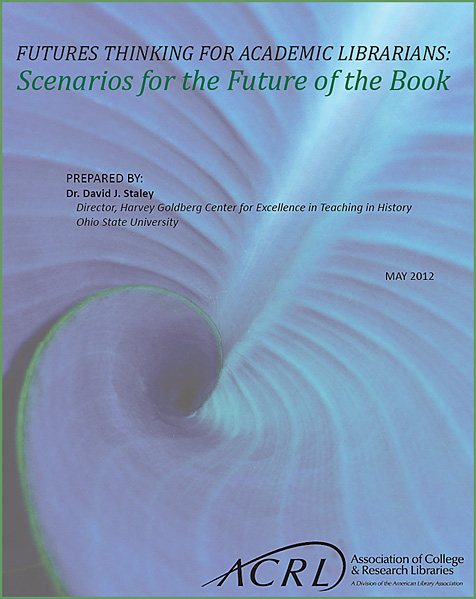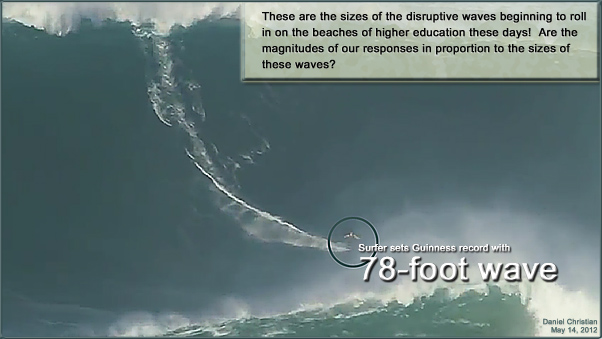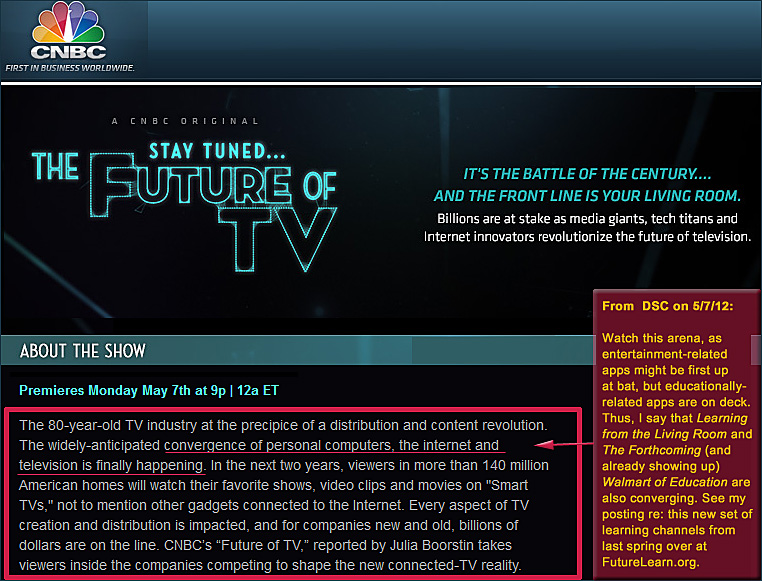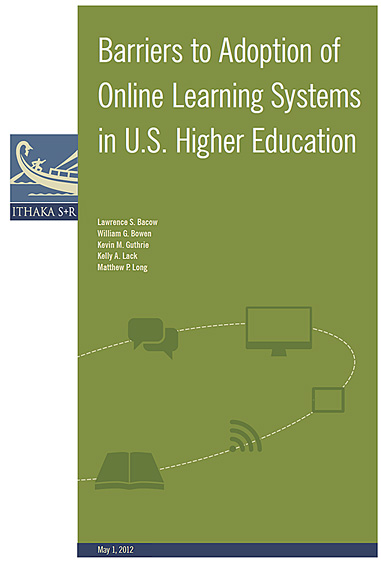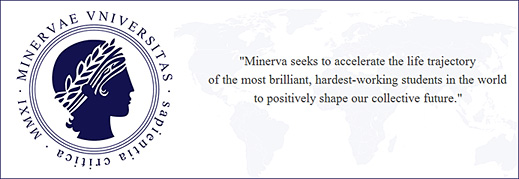College credit without college — from InsideHigherEd.com by Paul Fain (below emphasis per DSC)
Excerpt:
The Internet takes college courses out of the classroom. But prior learning assessment takes college outside of college.
…
But prior learning assessment mostly occurs behind the scenes, partially because colleges avoid loudly advertising that they believe college-level learning can occur before a student ever interacts with faculty members. That low profile is ending, however, as prior learning is poised to break into the mainstream in a big way. The national college completion push and the expanding adult student market are driving the growth. And ramping up to meet this demand are two of the field’s early adopters — the Council for Adult and Experiential Learning and the American Council of Education — which may soon be even bigger players in determining what counts for college credit.
A fractional idea — from InsideHigherEd.com by Kaustuv Basu
Excerpt:
A talented Ph.D. candidate labors for years and ultimately gets a doctoral degree in biology. He fails to find a job as a faculty member at a research university and eventually ends up teaching at a high school. But he still yearns to do scholarly research.
A paper released last week by the Ewing Marion Kauffman Foundation, a body devoted to entrepreneurial ideas, offers a solution for people who once harbored dreams of conducting quality research, but instead ended up working outside the university system doing little or no research. The authors of the paper, Samuel Arbesman and Jon Wilkins, said these scholars, who tend to be underemployed, could be put to work as researchers under a system called “fractional scholarship.”
New college, new model — from InsideHigherEd.com by Paul Fain
Excerpt:
Not much is truly unique in higher education. The industry is too big, and most experiments have been tried before. But the new Ameritas College sure sounds different.
Ameritas, launched last week, blends for-profit and nonprofit elements and has a singular focus on Latinos who are working adults. It is part of Brandman University, a private, nonprofit institution with 26 campuses in California and Washington. Co-located at four campuses in Southern California’s Inland Empire, Ameritas will offer relatively low-cost, accelerated associate and bachelor degree tracks. Its curriculum is designed to “crack the code” of helping Latinos get to graduation, administrators said.









